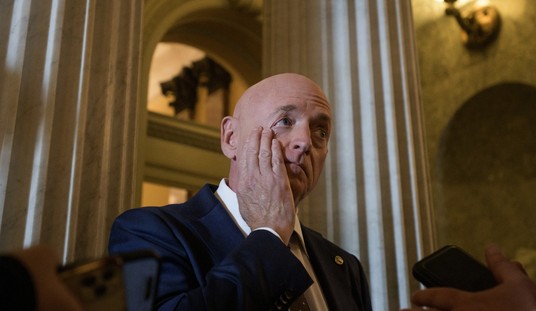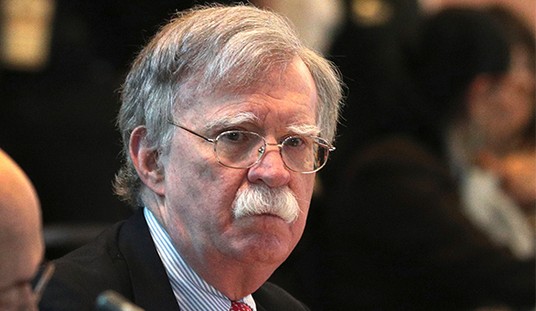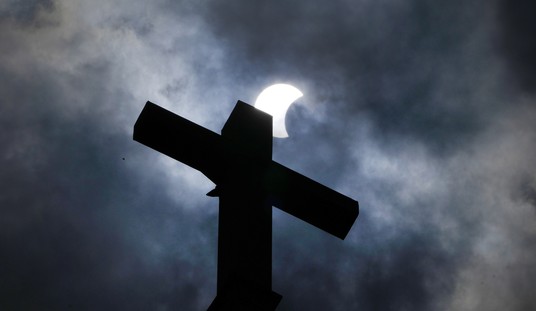
Today’s entry from the RedState Department of History is a special one for me. I’m a student of the American Civil War, and July 2 marks a special anniversary in that war for those from my state.
On this date in 1863, the First Minnesota Volunteer Regiment gave nearly all on the second day of the Battle of Gettysburg. On the same day Colonel Joshua Lawrence Chamberlain led the 20th Maine’s famous defense of Vincent’s Spur on Little Round Top, he stole the headlines, but did not corner the market on sacrifice.
Students of the battle should know the story. After General Dan Sickles brought his corps forward off the main line to start the second day of the battle, his repulse opened a dangerous hole in the Federal line on Cemetery Ridge.
General Winfield Scott Hancock saw the danger and called the regiment into action. Pointing at the Confederate battle flags ahead, he asked Colonel William Colvill, “Do you see those colors? Then take them!”
Colville’s 262 men surged forward. In five minutes, 215 of them were killed or wounded. They ran into two Confederate brigades under Major General Richard Anderson from A.P. Hill’s corps, and managed to stop their advance long enough for Federal reinforcements to close the line. Their regimental colors fell five times; five times they were raised again.
The facts are stark: The First Minnesota Volunteers suffered 82 percent casualties, which to this day remains the highest casualty rate ever suffered by a surviving unit in American military history in a single-day engagement. Twenty-two Medals of Honor were awarded for actions taken on July 2, 1863 at Gettysburg: none went to a member of the First Minnesota.
Colonel Colvill, who was wounded in the engagement, almost wasn’t there to command his regiment. On June 29, he had been placed under arrest for allowing his men to cross a shallow river on logs instead of by wading, as ordered. He was restored to command when the Battle of Gettysburg began.
The place to which the Minnesotans charged is a small, brackish stream known as Plum Run, which flows through the center of the battlefield. I’ve taken their walk myself — you can recreate Pickett’s Charge across trimmed, tailored, beautifully cut grass, but to do as Colvill and his men did, you have to walk across brambles, thistles and thickets and cross fence lines just as they did. It’s a powerful experience.
The history of the regiment was not perfect: troops from the First Minnesota were involved in the looting of Fredericksburg, Virginia on December 11, 1862. But the 47 surviving men helped atone by their actions on July 2 and again on July 3.
What was left of the First Minnesota was placed in the center of the line on Cemetery Ridge, where the next day they faced Pickett’s Charge. Two Medals of Honor were awarded to Minnesota soldiers that day, including one to Private Marshall Sherman for capturing the colors of the 28th Virginia Infantry, which are still stored at the Minnesota Historical Society.
General Hancock himself said:
“It was fortunate that I found there so grand a body of men as the First Minnesota. I knew they must lose heavily and it caused me pain to give the order for them to advance, but I would have done it if I had known every man would be killed. It was a sacrifice that must be made. The superb gallantry of these men saved our line from being broken. No soldiers on any field, in this or any other country, ever displayed grander heroism.”
Enjoy the nation’s birthday on Tuesday, everyone, and enjoy today’s open thread!













Join the conversation as a VIP Member